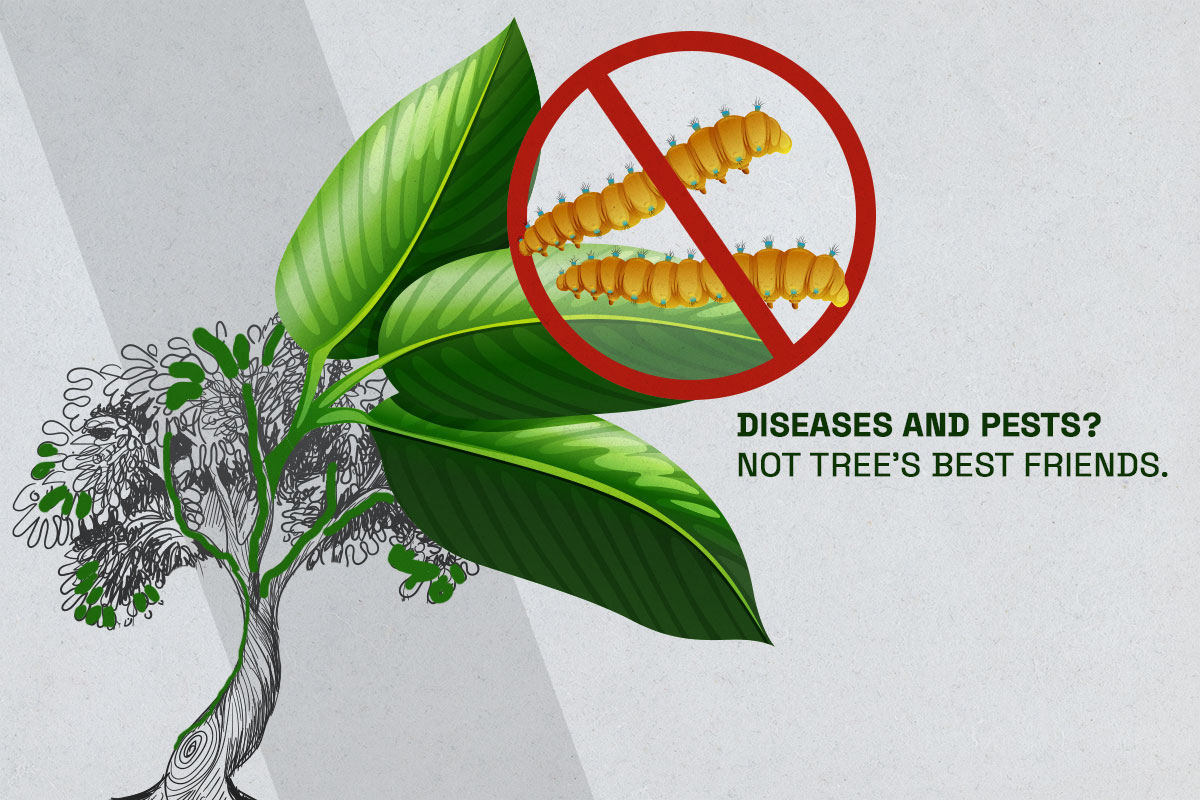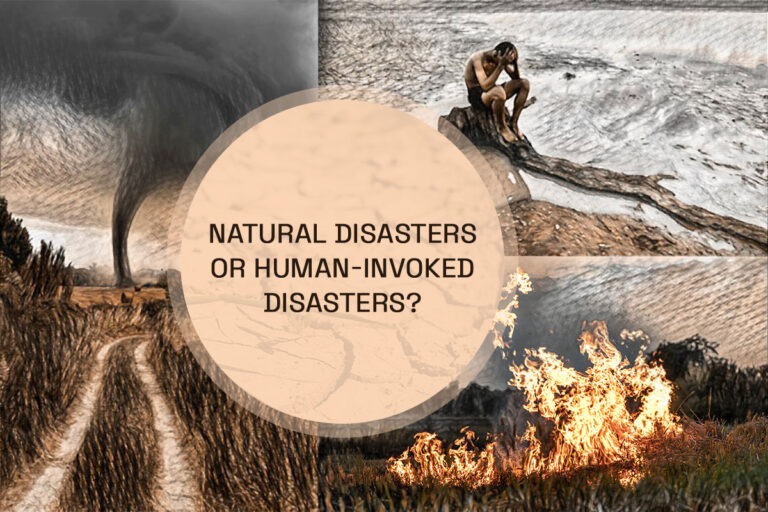Diseases and pests? Not tree’s best friends.

In our lives, we have people who are not suitable for our mental health and we know how much mental health matters, one can not afford to have such people and need to stay away from them or avoid them at all costs to lead a life with healthy people around.
Similar to this case, trees also have such creatures around them like insects and pests which are hazardous to their health, causing various diseases which can affect a tree’s health.
Let’s look at the following pests that have an effect on different kinds of trees as:
- Birch tree
Small black spots seen on a birch tree? It’s a clear symptom of it being attacked by pests. These spots tend to become more prominent if not treated. The pest that attacks is the bronze birch borer beetle. They create a hurdle in the tree’s path towards being healthy by sucking out all the essential nutrients, leaving the tree in a state of malnutrition.
- Elm trees
Elm-leaf beetles are the enemies here. Their target is the newly grown leaves. They attack by laying eggs beneath the leaves, basically the downside of the leaves, and when those eggs hatch they start eating the leaves and end the game with some visible holes in them.
- Apple trees
Aphids and capsid bugs along with coddling moths are some of the known insects and pests that attack the apple tree. Capsid Bugs are known to destroy both mature and young apples. Aphids are very tiny insects that form clusters and can be discovered under the leaves or around the stem. Coddling moths get inside the apple and make some rot.
- Pine trees
Bark beetles are the main pests that destroy the tree by beginning in the middle of the tree’s trunk and they divide and conquer with some of them going upwards and some going down the trunk. Insecticides or pesticides can also not work against them because they use bark as their shield.
- Fig trees
It is harmed by fig blister mites, as the name only gives the hint with the word blister, they are obviously not good news. They get inside the fig and give rusting as a result.
There are a number of common diseases found across trees in general:
- Phytophthora
The symptoms of this disease are the colour of leaves changing to yellow and brown and the roots and trunk being affected as the end result is them getting rotten. Overwatering is the cause of Phytophthora.
- Rust
Red bumps on the leaves? That is rusting. Leaves become very weak and dry and end up falling. The unaffected leaves and branches should be protected by removing the affected parts. It is caused due to humidity.
- Bold
It is a form of fungal infection and is also friends with pests like aphids, so whenever you see them flying, your first action should be to remove them because they secrete some substance which will aid the fungus to develop, and that’s when the problem starts.
- Blight
Their target group is the new growths, turning their colour yellow and brown. They are a result of not taking care of the tree, pushing it towards weakening, especially the ones that are not watered properly when there is too much dryness in the air.
So, now the question is how to take care of trees to protect them from these pests and life-taking diseases.
The following pointers should be kept in mind if you want to be a saviour to your trees:
- Consistency is the key.
One needs to monitor the trees on a regular basis to observe the presence of pests in the first place because this will only help to take charge and take control in the initial phase itself before things go too far. Once these pests establish the tree’s arena as their territory, they won’t go without leaving their mark which in other words is destruction and then the tree won’t be like it was before.
- Keep in touch with the weather.
Understand your trees and also understand the weather. Different trees need to be taken care of differently in every weather. When it’s too humid, your tree needs to be protected from the rust that can be caused, and proper water should be provided when it’s too dry.
- Pruning
It helps in keeping the tree in good shape which will act as protection against pests and a number of diseases. So, prune whenever it seems necessary.

